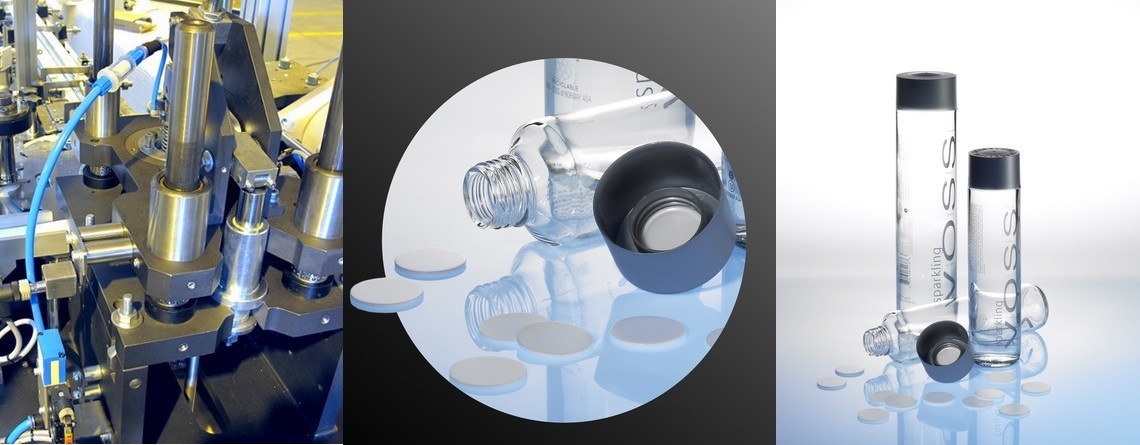To be able to understand what shape sealing head is the most suitable on an induction machine, we should learn first, precisely how induction sealing occurs.
The sealing head is the portion of the machine that is put over the path of the product cap or lid. Inside the sealing head is typically long oval shaped coils of thick wire that deliver high current that alters direction many thousands of times a second. The coil that contains a magnetic field is generated and in addition, adjust course several thousand times a second. The magnetic field will get weaker as it progresses away from the coil that made it to begin with nonetheless it is able to travel through air and plastic. Coming across metal, it will act to produce current.
Heat sealing machines function a little different. It is waiting for a product with metal laminated foil in its cap. The magnetic field from the sealing head acts to generate current in the laminated foil and the laminated foil gets hot. There is a layer that is laminated to the foil that turns wet with the heat or melts. When the product has completely passed from under the sealing machine, the foil will begin to cool and the layer that became “wet” will set to bond the laminated foil across the opening of the product.
It can be understood from the above principle that bottle or product sealing with the utilization of induction machines will rely on the time the product is under the magnetic field and how close it becomes to the origins of the magnetic field.
There are two distinct shapes of sealing heads for cap sealers being Flat profile and Tunnel profile sealing heads.
The Flat profile sealing head is suitable for “Standard Flat Caps”. A “Flat Cap”, typically speaking, means a cap where the plane of the induction liner is at 4.0 mm of the plane of the Cap’s top surface.
Tunnel Profile sealing head is best for “Specialty Caps“. Typically, the Tunnel Induction Sealing Head permits cap sealing in which the foil is located far than 4mm from the top surface of the cap; this is regular with twist top spouts, flip top lids, sports drink caps, sipper caps or shaker caps.
The magnetic field concentrates to a place inside the tunnel profile because of the tunnel sealing head thus delivers stronger magnetic fields over a generally smaller width route for the products moving below. A Tunnel sealing head also makes it possible for the coils inside the sealing head to have a route lower than the top of the product caps. This end in delivering the foil inside specialty caps closer to the magnetic field. The disadvantages of employing tunnel profile sealing head is the constrained array of cap dimensions it can efficiently seal and that it is not effective with big caps. MeRo™ brand induction sealer, nonetheless, is the exclusion to this concept. MeRo™ can, typically, cater for a range of specialty caps with an adjustment of 30mm and can seal cap diameter between 30mm to 60mm.
Better production speed is achievable where there is efficient cap sealing – less time beneath the sealing head.
Flat profile sealing head permit a larger selection of cap sizes and permits the sealing head to be positioned at an angle over the product’s route to obtain a sealing of cap diameters which are even greater than the coil winding pattern within the sealing head. Possibly a flat profile sealing head can seal caps from 30mm to 110mm wide. Decreased speed throughput along with the inabiility to seal specialty caps are the cons of this profile sealing head on a heat sealing head.
